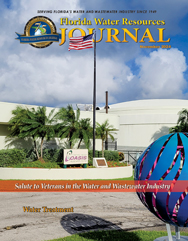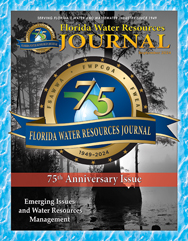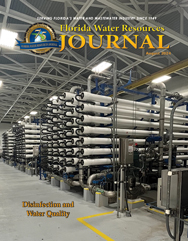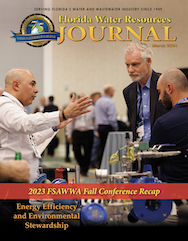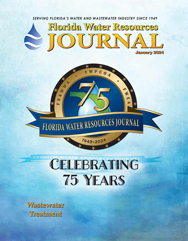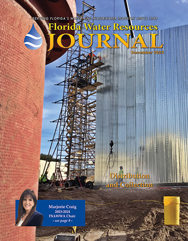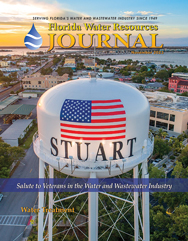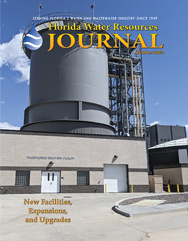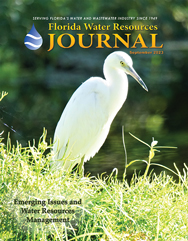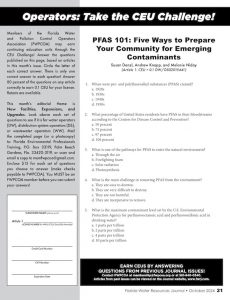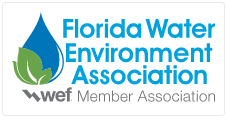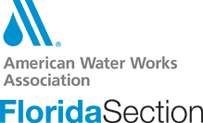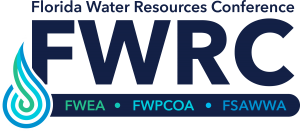October CEU Challenge
Statement from AWWA CEO David LaFrance on Final Lead and Copper Rule Improvements
The U.S. Environmental Protection Agency (EPA) has released its final Lead and
Copper Rule Improvements (LCRI) rule. David LaFrance, AWWA chief executive
officer, issued the following statement:
“The protection of public health is the top priority for AWWA—it guides our daily
work and the work of thousands of water professionals across North America. We
support strong protections for water consumers today as we strive for a future
where lead is no longer in contact with the water we drink.
The release of the LCRI is another important step in our nation’s efforts to reduce
exposure to lead from all sources. The AWWA is committed to the complete
replacement of lead service lines nationwide–in their entirety–as quickly as
feasible. We see this as an achievable goal and an opportunity for water utilities
to strengthen public trust with the households they serve.
Water systems nationwide are nearing completion of their initial lead service line
inventories and are sharing them with their communities. Updating these
inventories over time, as required by the LCRI, is critical to assuring continued
progress on lead line removal and building a shared understanding of where lead
risks remain.
As we review the technical details of the lengthy rule, we anticipate there will be
challenges to overcome. For example, in many communities, lead service lines are
partly on private property and owned by the property owner rather than the
utility. The new rule requires water utilities to replace service lines under their
“control.” We share EPA’s desire to remove lead service lines in their entirety;
however, this portion of the rule needs further explanation to assure water
utilities are operating within their legal authority.
We also recognize that the LCRI poses cost challenges, particularly for households
with lower incomes. The Biden Administration’s announcement of $2.3 billion in
additional funding for lead line replacement, the $15 billion made available
through the Infrastructure Investment and Jobs Act (Bipartisan Infrastructure
Law), and loan programs like the Water Infrastructure Finance and Innovation Act (WIFIA) are all helpful in closing the funding gap. It’s estimated the cost of
replacing lead service lines nationwide could top $90 billion, and ltimately, most
of these costs will fall to consumers through higher water bills. The LCRI comes on
the heels of a recently finalized per- and polyfluoroalkyl substances (PFAS) rule
that will also cost billions of dollars annually. Additional assistance for consumers,
particularly those with lower incomes, will be necessary to maintain water
affordability.
The AWWA is committed to helping its members assess and understand the LCRI
requirements. We are proud to share success stories from our members about
overcoming barriers to lead service line replacement, improving corrosion control
practices, collaborating with community partners, and communicating about lead
with clarity and transparency.
We will evaluate the rule in greater detail and continue to provide insights to
members and others in the industry.”

